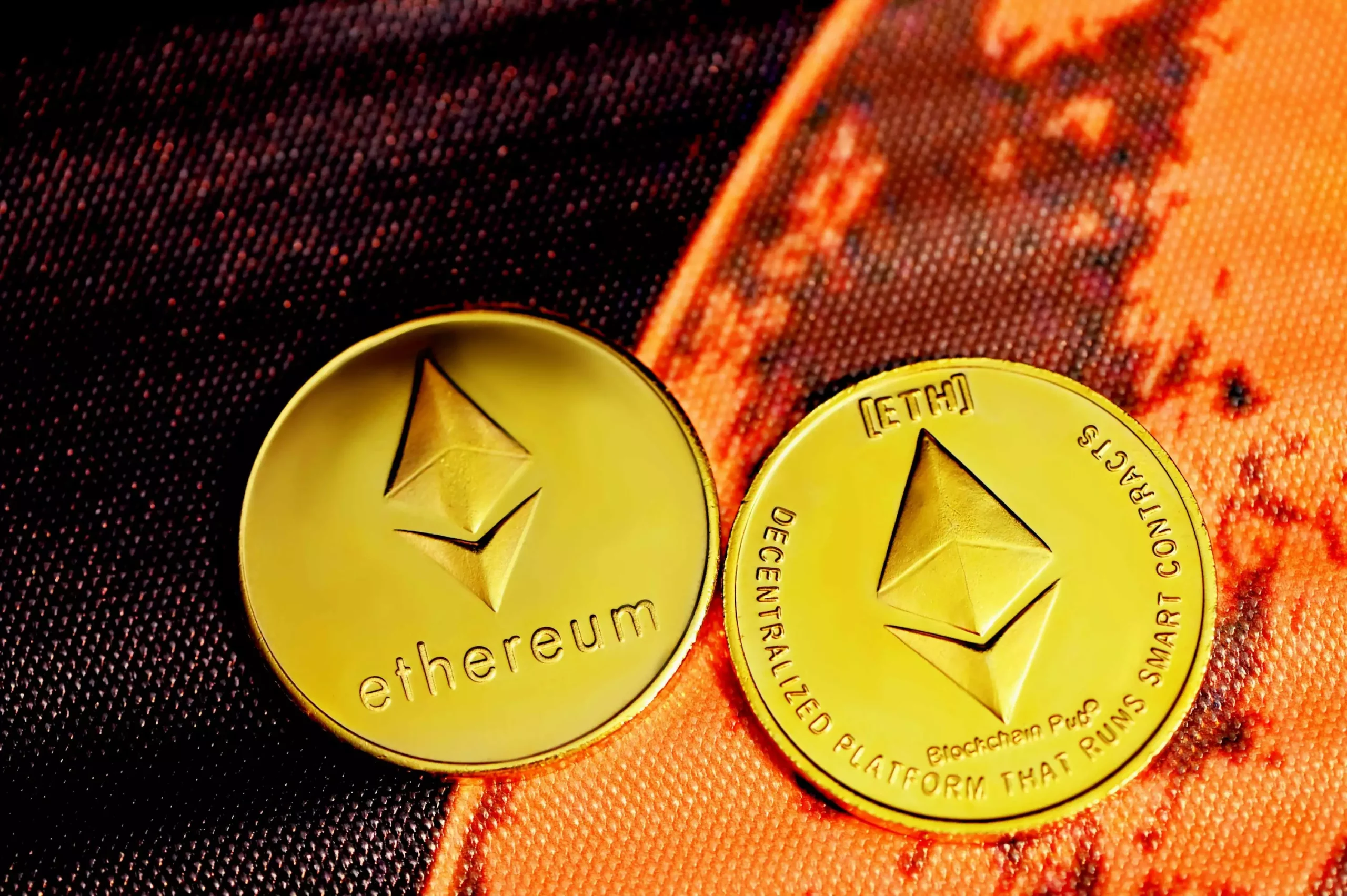In today’s volatile cryptocurrency market, Ethereum stands at a precarious juncture marked by signals that indicate potential downward movement. Despite its historical prowess as a pioneering blockchain, Ethereum’s current position is fraught with risks that investors cannot ignore. A profound technical analysis has unveiled findings that merit a closer examination. It is imperative for potential investors and holders to thoroughly comprehend the elements at play, especially as a potential drop to below $1,400 looms on the horizon.
Technical Indicators and Patterns: The Underlying Tension
Recent technical evaluations suggest a concerning fate for Ethereum. Specifically, the identification of a Fair Value Gap (FVG) on the 4-hour timeline reveals significant seller dominance, which raises red flags about the sustainability of its price. The disturbing aspect here is the FVG that formed after a steep 10% drop last Sunday—a move that shocked many bullish investors. This gap is critical because it represents a stark imbalance between buying and selling, and the data suggests more pressure from sellers than buyers. As Ethereum continues to retrace back into this gap, investors must grapple with the nagging doubt whether it will hold or succumb to further downward pressure.
Complicating matters further is Ethereum’s position relative to key resistance levels defined by Fibonacci retracement metrics. The “golden pocket”—a critical zone calculated from previous price lows—acts as both a potential support and resistance zone. With the current trading level oscillating around this critical Fibonacci threshold, it becomes incumbent upon Ethereum to decisively breach this barrier. The stakes are high: failing to do so could reinforce the bearish sentiment and instigate a decline that plunges Ethereum well below the $1,400 mark.
The Role of Stochastic RSI: An Ominous Warning
Adding another layer of foreboding, the Stochastic Relative Strength Index (RSI) paints an ominous picture. This technical indicator is trending toward an overbought condition, suggesting that recent buying activity may be nearing exhaustion. Investors typically view an overbought reading as a sign that a market correction could ensue soon. The strong inflows that propelled Ethereum’s price up from $1,383 to around $1,627 appear not just superficial, but indicative of market frenzy rather than solid fundamentals. As the Stochastic RSI inches closer to the overbought level, cautious investors should consider the contingent risks. The specter of a sharp price correction looms large, echoing what many analysts have been warning.
Market Sentiment: Are We Witnessing a Shift?
Current market sentiment presents another stark contrast. Despite a fleeting recovery attempt, widening market forces and bearish indicators signal an underlying lack of confidence in Ethereum’s trajectory. The recent rejection at the $1,650 mark serves not only as a technical failure but also as a broader commentary on market psychology. The resilience of bears in an environment that should ideally favor bulls points to a strong apprehension among investors. It’s crucial for stakeholders in Ethereum to be aware of these bearish pressures, as they could significantly impact investment decisions.
Moreover, the interplay of these technical indicators contributes to a broader narrative of uncertainty shrouding Ethereum. As investors ponder their next moves, the emerging consensus remains troubling. Will Ethereum find a way to rally, or will we witness a continuation of the current bearish trend?
In an environment characterized by significant volatility, Ethereum’s future is uncertain. The confluence of market structure, technical indicators, and overall sentiment suggests that investors should brace for a potential downturn. Those holding Ethereum, as well as those contemplating entry, must undertake robust due diligence amid these troubling signs. The risk-reward equation is becoming increasingly tenuous, and a prudent approach is essential as we navigate through this tumultuous cryptocurrency landscape.

